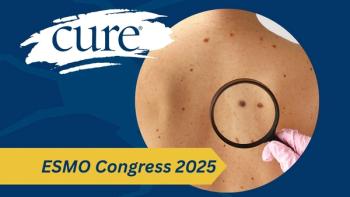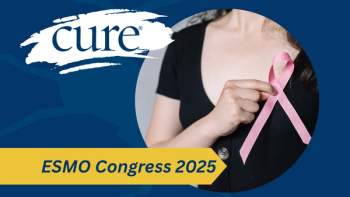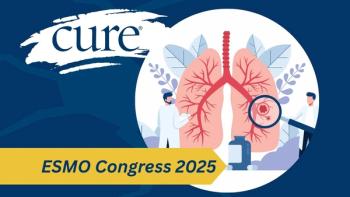
ASCO: Adjuvant breast cancer therapies highlighted
Adjuvant therapies are given after primary treatment to reduce the risk of cancer recurrence in many patients. Findings from two large-scale studies on adjuvant therapies in breast cancer were highlighted at ASCO on Sunday, signifying the importance of these treatments. Early findings were released in a joint analysis of two phase 3 studies (TEXT and SOFT), which found Aromasin (exemestane) slightly more effective than tamoxifen when given with ovarian function suppression (OFS) in preventing recurrences in premenopausal patients with hormone receptor positive breast cancer. Researchers found about a 4 percent difference in recurrence risk over four years. However, investigators are awaiting final data from the tamoxifen only arm, which are anticipated to be presented at the San Antonio Breast Cancer Symposium in December. Currently, tamoxifen is the standard of care for this type of breast cancer in the U.S.According to researchers, this joint analysis is the largest worldwide study assessing adjuvant aromatase inhibitor therapy with OFS in women with breast cancer. Currently, aromatase inhibitors are primarily used in postmenopausal women, but in this study, OFS mimicked the low levels that naturally occur in menopause. OFS was attained by ovarian irradiation, oophorecotomy (surgical removal of the ovaries) or with the drug triptorelin, an injection that reduces certain hormone levels in the body. OFS causes menopausal side effects, such as hot flashes. Tamoxifen has similar side effects, including hot flashes and vaginal dryness. Side effects of exemestane include osteoporosis and bone fractures.The second phase 3 study (ALLTO) examined adding Tykerb (lapatinib) to adjuvant Herceptin (trastuzumab) for patients with early stage, HER-2 positive breast cancer. This combination did not prove more effective than the standard treatment of trastuzumab alone. Researchers found no statistically significant difference in treatments after four and a half years. Side effects of the combination were also examined and researchers found the rates of serious heart-related events were low. However, the combination treatment had higher rates of side effects, such as rash, diarrhea and liver problems.





